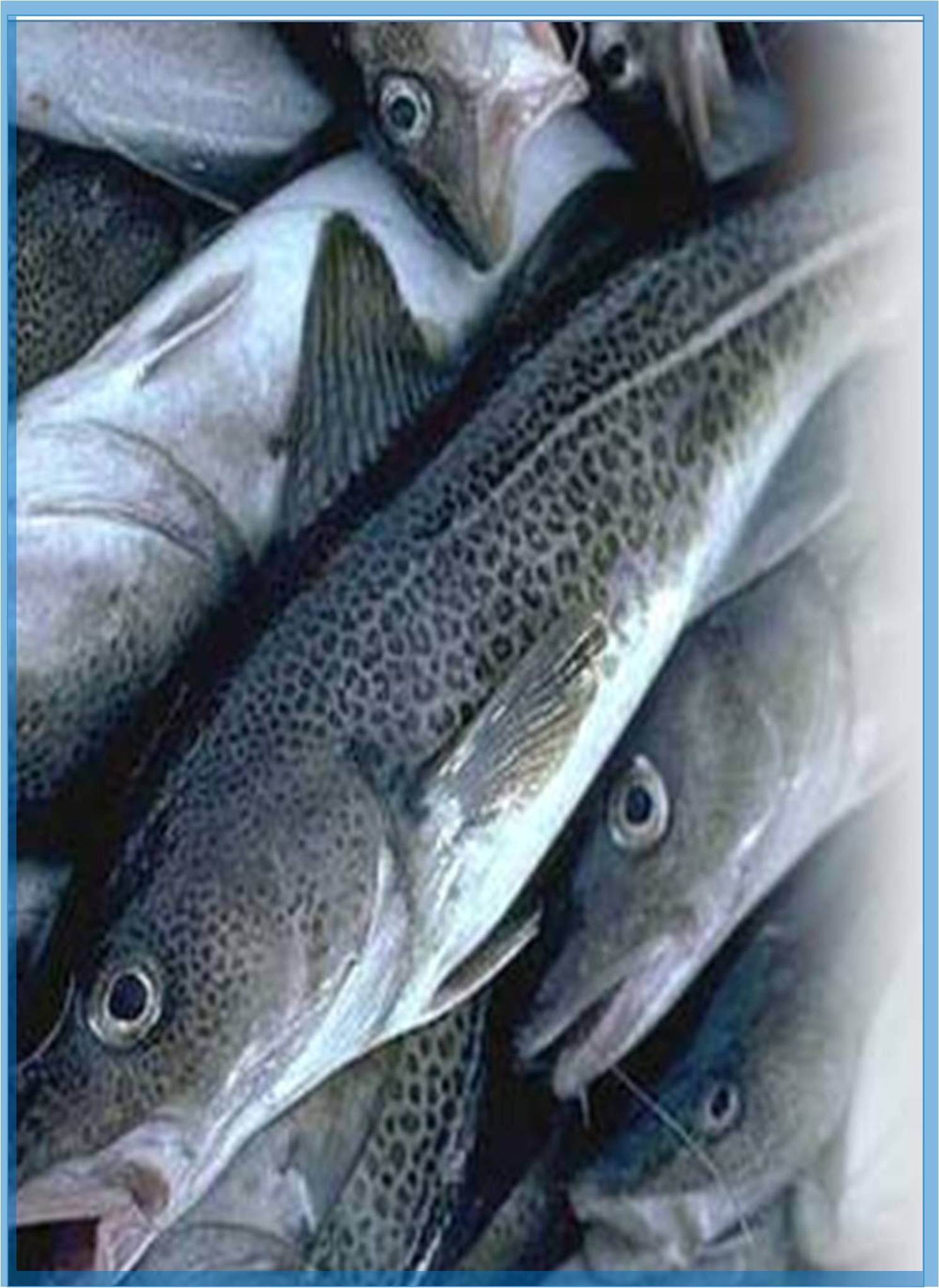



Received: 31-Jan-0031, Manuscript No. GJFA-22-58908; Editor assigned: 03-Feb-2022, Pre QC No. GJFA-22-58908(PQ); Reviewed: 17-Feb-2022, QC No. GJFA-22-58908; Revised: 21-Feb-2022, Manuscript No. GJFA-22-58908(R); Published: 28-Feb-2022, DOI: 10.15651/2408-5464.22.9.078
In pond aquaculture, production of toxins and off-flavor compounds by cyanobacteria can harmfully effect on fish condition and production. Studies have discovered physical or chemical methods for regulating algal blooms in aquaculture ponds, which although effective, may be short-lived and can adversely impact non-target organisms, including aquaculture species. Food web manipulations have a lengthy history in lake and fisheries organization to develop water quality, but have been infrequently considered in aquaculture. This study defined phytoplankton and zooplankton communities, cyanobacterial toxins, and nutrients in nine catfish aquaculture farm-ponds in west Alabama, USA. The aim of this project was to track zooplankton and phytoplankton profusions with respect to each other, with and without efforts to reduce zooplanktivorous fish in some of the ponds.
Farm managers compact zooplanktivorous fish abundance in selected ponds to make a large-scale field experiment that addressed the part of zooplankton control of phytoplankton in hypereutrophic catfish aquaculture ponds when zooplanktivorous fishes were not omitted. There was a tough negative effect of zooplankton on phytoplankton, with cyanobacteria, despite high nutrient concentrations. In acute flavobacteriosis, cumulative mortality upwards of 70% can occur among diseased fish stocks, while survivors may suffer deprived growth and spinal defects. In subacute and long-lasting infections, flavobacteriosis provokes lingering deaths that can help to incessant economic losses.
Although high zooplankton ponds continued raised zooplankton biomass during much of this study, including when pond temperatures surpassed 30°C, the effect of zooplankton on phytoplankton was most marked during the non-growing season. In addition, total ammonia nitrogen was meaningfully higher in high zooplankton ponds, which could lead to ammonia toxicity in fish at higher temperature and pH. Some findings suggest that zooplankton biomanipulation may be an well-organized method to control algal blooms in farm pond catfish aquaculture.
As human growth continues, freshwater resources will be further restricted while considering a growing population that often leads to extreme nutrient loading and contamination making eutrophic systems that stimulate the growth of phytoplankton.
In some aquaculture systems, phytoplanktons function as the base of the food web and aid in vital nutrient cycling processes while ultimately increasing aquaculture yield. However, some phytoplankton, including toxic taxa, can pose a threat to fish health at high abundances. Furthermore, hypoxia stimulated by extreme nocturnal planktonic respiration or through bacterial decomposition of decaying algal blooms can leads to fish kills. Long- term stress helps to fish mortality can be credited to hypoxic or anoxic conditions if Dissolved Oxygen (DO) is below the species inception. Consequently, daily aeration of aquaculture ponds is often necessary to maintain appropriate water quality for farmed fish.
Nutrient concentrations can be high in outside, pond- based aquaculture systems due to steady feeding and fish waste. This is exact for the US catfish industry, which is situated in the southeastern US and uses outdoor earthen ponds as the major production unit. Once remineralized by zooplankton and fish, fish feed can contribute considerably to the pool of available nutrients for phytoplankton depending on the time of year, feed management strategies, and degree of ingestion. These reasons, along with stable, shallow ponds and high temperatures, permit for regular and persistent algal blooms. These blooms are often conquered by cyanobacteria (commonly called blue-green algae), but also can include main taxa such as chlorophytes, haptophytes, euglenophytes, and dinoflagellates.
Studies have revealed both success of biomanipulation in shallow eutrophic systems and failures specifically with high cyanobacterial biovolume. The persistence of this observational experiment was to apply the results of and to test if large-bodied zooplankton can control phytoplankton plenty in an aquaculture system. Most biomanipulation experiments have occurred in moderate lakes, differing from those conducted in small southeastern US ponds. The fingerling catfish in those aquaculture ponds are reliant on zooplankton as their food source, more so than the adults. However, catfish in this study are stocked at a size not dependent on zooplankton as their primary food source given their poor eyesight and routine manufactured feed additions; therefore, biomanipulation in these systems may be effective. We hypothesized that ponds with reduced zooplanktivorous fish will have higher concentrations of zooplankton leading to lower phytoplankton abundance and improved water quality.